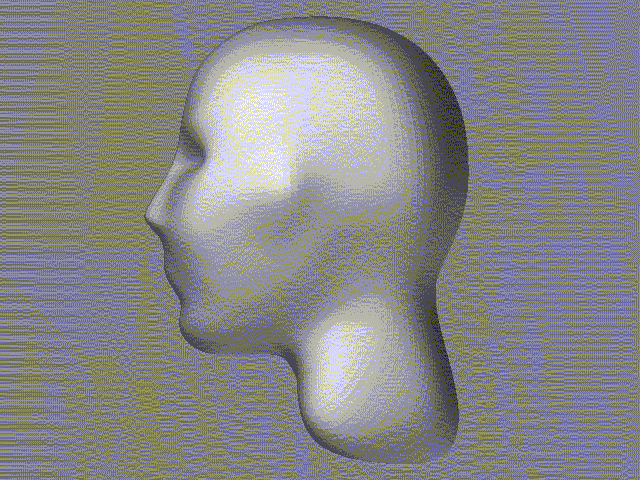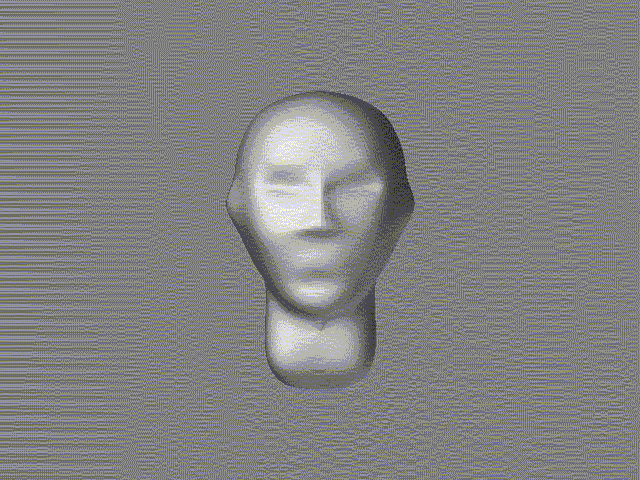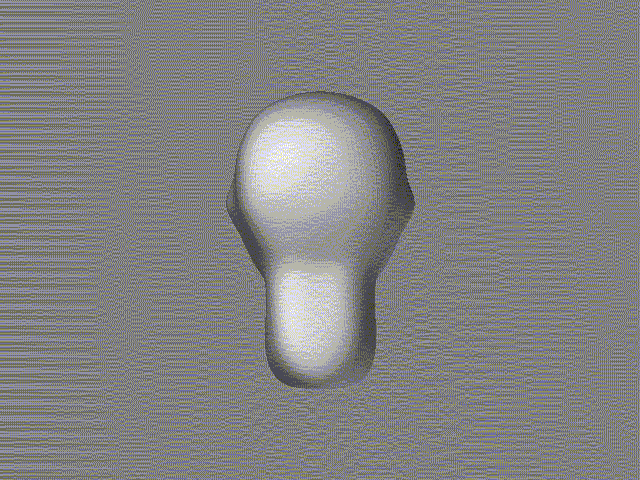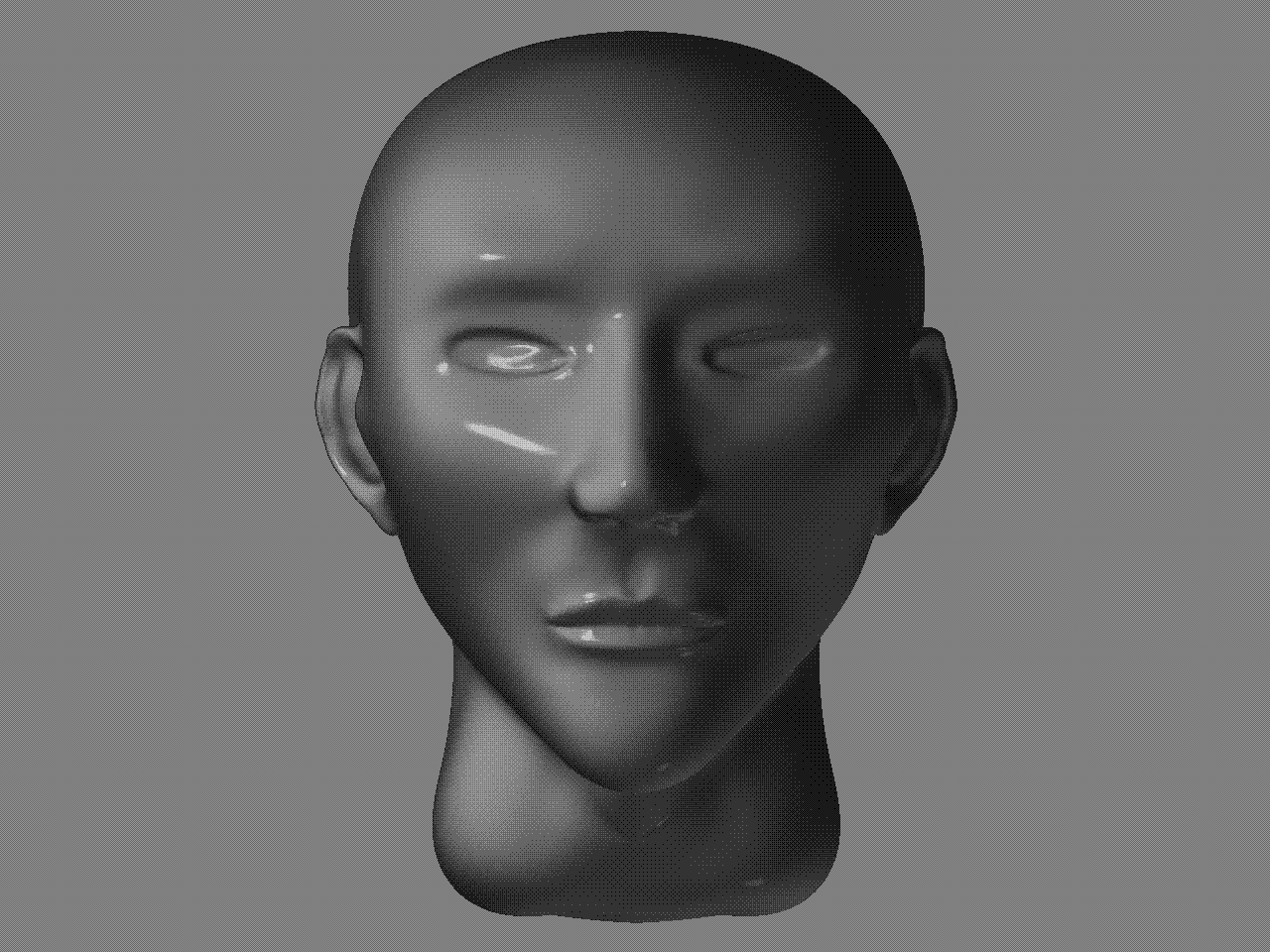1-I know this is kind of a useless topic but i felt like asking this question
How many times did you have to redo a model the first time you modelled a human face?
I want to know this because I have tried quite a few times and cant get a satisfying result with my models.
2-Also I am still wondering if any of you know or have gone too a university in canada that is international and offers undergraduate courses for becoming a CG artist. Also is there any difference between becoming an animator and a modeller?
oops little bug there my computer doesnt show the message here it is again :
1-I know this is kind of a useless topic but i felt like asking this question
How many times did you have to redo a model the first time you modelled a human face?
I want to know this because I have tried quite a few times and cant get a satisfying result with my models.
2-Also I am still wondering if any of you know or have gone too a university in canada that is international and offers undergraduate courses for becoming a CG artist. Also is there any difference between becoming an animator and a modeller?
Thanks a lot for your response i am here quite often so it will be greaty appreciated!
you kiddin? I am still redoing human faces…we won’t discuss how many years I have been at it…probably longer than you been around hahaha. They are hard to do.
Perhaps drawing them in very basic forms concentrating on proportion rather than details will help you out. Then do many many basic head shapes working on getting the proportions correct but a different looking base.
Look how beautiful the little boy sculpt by muyu is. Start simple and build on what you learn. Trying to accomplish the perfect head first time out overloads your mind and upsets the balance between your skill level at that moment and your desired goal and makes one bang one’s head on the desk. Keep it simple, master simple then move up.
In japan I believe it is, an archer would have to practice his form long before he ever touched a bow. Now if only more golfers did this there wouldn’t be such long waits to tee off.:rolleyes:
…& training!
Every days, every nights, every year!
When you will have 80 maybe that’s begin to start to manage a little part :rolleyes:
I still have to come up with a reasonable result myself but I am well on my way with the help of the folks on this board.
What I did early is that I took a sphere and started to work from that. Didn;t really work out compared to the top results others achieve.
Then I started the Box modeling. No real success. Then I started to wonder “HOW ON EARTH ARE THEY DOING IT???”.
First thing you need is a good REFERENCE sample. You have to orient yourself on something or you will not achieve anything. Your subconscious WILL avoid any tricky aspects and challenges and thus you will not grow your skill and always end up with something mediocre. You have to have a goal. A sketch, a bust, a photo or some real reference which is challenging you.
And go at it SLOWLY. What you have to learn first is patience. Start with a cube or a low poly ZSphere mesh in which you have poked eyes and mouth and ears. Consider ZAdd or Sub intensity settings of 10 excessive. Rather build up with ten strokes than blob a massive deformation on which then is hard to integrate.
Then imagine that you cannot subdivide and that you have to use what you have to come as close to the reference as possible. It wil look like a robotic face but it should have the right angles and proportions. When that looks fine, go and subdivide. Now you will be surprised already how similar things look. Even after the early subdicisions. Now go and move the new vertices into place. It is a long way till you hit the subdivision threshold to skiin pores and wrinkles. They are applied to a model which I already would consider ‘flawless’.
So, lean back, browse this great forum, collect scripts fomr others and observe how they model. DO not focus on the usage of tools. Look how others turn and twist models before they move vertices and also take a close look at Z-Intensity and brush size settings. Ralf Stumpf recently surprised me with the fact that he is using brush sizes larger than 256. Which makes it necessary to change the presets. So he can change proportions on a global scale while keeping details unaffected.
The masterful Heads and models look so cool because they do not have any excess geometry and they are grown slowly with smooth strokes of low intensity.
Think about it and you will instantly have better results. And don’t forget the shift-stroke which is the smoothing strike (blue rings around brush). Without that you will not get anywhere close to the results of the ZMasters.
Cheers
Lemo the noob himself
PS:Do not be surprised when the first few heads take you up to a week till they are complete. Ralf Stumpf has donated a session which will be posted here shortly and that is about 5 hours long and is already absed on a pretty cool low poly mesh. I would guess that it takes a pro like Ralf the better of a day in a hurry to make a good head. And that’s without texturing and considering the time it takes to come up with the design…
It IS tedious to a certain aspect which IMHO makes a good head model as valuable as it’s marble or bronze counterpart. It’s real art. And you will always be able to distinguish a mechanically generated/calculated base mesh from a mesh created by a real artist. It is just so life like. Or SO sucky in my case hahaha.
Thanx a lot for your answers and for your contribution to the forum in general
I don’t feel backwards as much now hehe.
Anyways i’ll follow your advice im sure it will help. thanks for for your philosophical remark aminuts and lemonnado thanks for you long message to it helps
Finally just thx to you pilou i’m french too!
I’m am working on this problem for some time now, mostly as a ‘hobby’ project. I hope that this fact will serve simultaneiosly as a form of validation and disclaimer for my ideas.
Any modelling task, including the human face, can be reduced to two essential questions :
1 - What is the form/volume that this object occupies in space
2 - What is its size
Ofcourse the first question is a corollary of the second, conceputally, since form/volume is a function of length/measurement. Here question one is denoting large scale functions of length like a nose for instance or lips.
The most common approach, as given by the posters before me deals with these question in the following manner :
1 - Observe -> use pencil or Zbrush to diplicate observations. Here is where the most work is required becuase one needs to devote to memory the facial features and forms.
2 - Next apply measurement to the subject - The concept of facial proportions, to gain greater accuracy and begin the nessesary process of systematization. Here, realising that working only from memory is an impossible task(for most people) you begin to order the modeling process and your conception of the human face. In essence this is a hierarchical system of measurement/length reference - instead of measuring every single part of the face you subdivide the face into portions which serve, by inference, to describe all other measurements. The effect is a much improved model and greater efficiency.
3 - Next we move on to further systematizing face creation, however this time in answering question one. The idea is to realise an inherant logic in the construction of the face by understanding human anatomy. From this we may infer superfical details by logical deliberation, that is, deploying the relation of cause and effect. Now we may describe the face with even less reliance on our memory and ability to discerne the complixity of form present in the human face. But unfortunantly we now must memorise bones, muscles, tendons and their arrangments. That being the case however the process is still much improved in the way of quality/accuracy and efficiency, not to mention the added bonuses of being able to predict facial expressions aswell as the forms of creatures with no direct precedent in reality.
4 - Automatization - Practice - by applying the answers to the said questions in concert. The goal here is to have autmatic access to these processes with minimal thought, just like you have in your knowledge of the French and English alphabets.
For the sake of readiblity I will split my post in to two parts, following will be the addition of one more step, zbrush-centric, that unifies all the ideas and makes mastering the human face a much shorter and simpler task,
Kircho
Great post Kircho!
 small_orange_diamond
small_orange_diamond small_orange_diamond
small_orange_diamond
Lemo
yeah thanx for your post too
All right i have started to to a new face trying to follow your comments and i just wanter to show you this as an intermediary staged before i moved on so you could tell me what was wrong
thx again
PS how do i get rid of this problem at the bottom of the neck where the sphere merges its kind of ugly and its not the first time it happens

Attachments


thanks a lot it helps
btw here is how far i have gone lately
